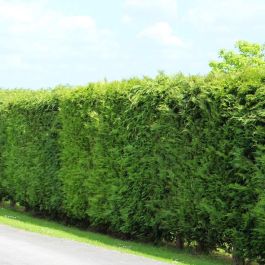Delivery Time - Please note that delivery times are currently within 7 days. *Some troughs, trees and premium products may take up to 14 days delivery.
Free Delivery - The majority of orders over the minimum order values shown below are delivered FREE to UK Mainland. Please note, we are unable to deliver to N.I. and the Republic of Ireland. (Exceptions apply - see Delivery Areas)
Product Type | Standard Delivery Charge | Minimum Order Values for Free Delivery | Premium Delivery Information |
|---|---|---|---|
All Items (excluding those listed below) | £9.98 delivery charge (orders up to £250) | Orders of £250 and over - FREE | Orders under £250 - £25.98 Orders over £250 - £16.00 |
Root Balls, Troughs & Pots 10L+ | £29.99 delivery charge | Orders of £250 and over - FREE | Orders under £250 - £46.00 Orders over £250 - £16.00 |
Pleached Trees (specialist delivery) | £450 delivery charge (orders up to £1500) | Orders of £1500 and over - FREE | Premium delivery not available |
For more information on deliveries please read more here or ring us on 01257 261 243

































